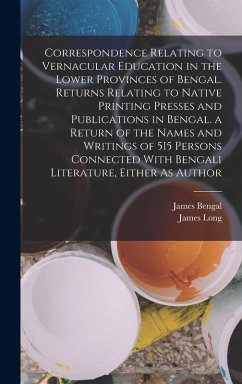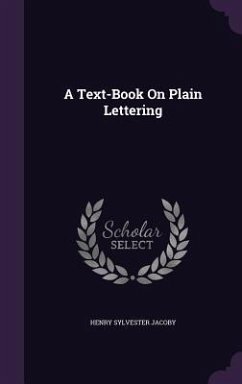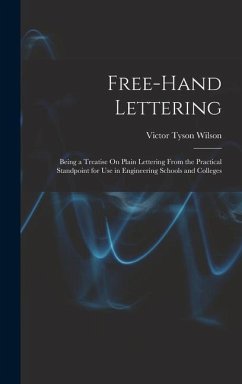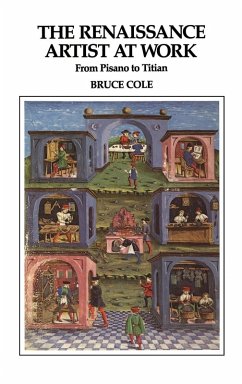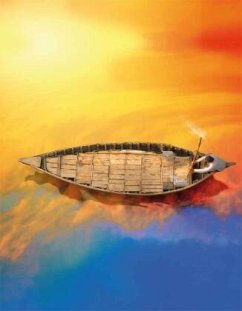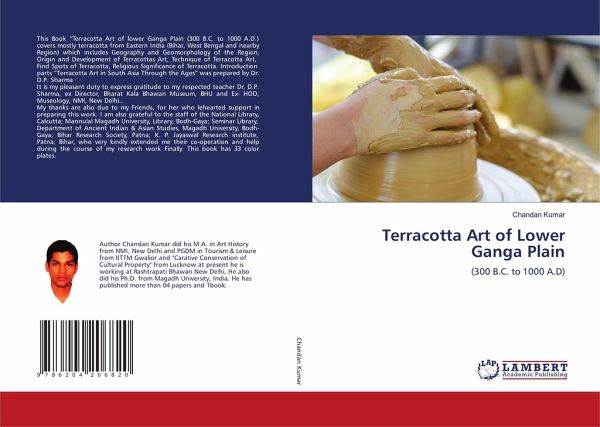
Terracotta Art of Lower Ganga Plain
(300 B.C. to 1000 A.D)
Versandkostenfrei!
Versandfertig in 6-10 Tagen
51,99 €
inkl. MwSt.

PAYBACK Punkte
26 °P sammeln!
This Book "Terracotta Art of lower Ganga Plain (300 B.C. to 1000 A.D.) covers mostly terracotta from Eastern India (Bihar, West Bengal and nearby Region) which includes Geography and Geomorphology of the Region, Origin and Development of Terracottas Art, Technique of Terracotta Art, Find Spots of Terracotta, Religious Significance of Terracotta. Introduction parts "Terracotta Art in South Asia Through the Ages" was prepared by Dr. D.P. SharmaIt is my pleasant duty to express gratitude to my respected teacher Dr. D.P. Sharma, ex Director, Bharat Kala Bhawan Museum, BHU and Ex- HOD, Museology, N...
This Book "Terracotta Art of lower Ganga Plain (300 B.C. to 1000 A.D.) covers mostly terracotta from Eastern India (Bihar, West Bengal and nearby Region) which includes Geography and Geomorphology of the Region, Origin and Development of Terracottas Art, Technique of Terracotta Art, Find Spots of Terracotta, Religious Significance of Terracotta. Introduction parts "Terracotta Art in South Asia Through the Ages" was prepared by Dr. D.P. SharmaIt is my pleasant duty to express gratitude to my respected teacher Dr. D.P. Sharma, ex Director, Bharat Kala Bhawan Museum, BHU and Ex- HOD, Museology, NMI, New Delhi..My thanks are also due to my Friends, for her who lehearted support in preparing this work. I am also grateful to the staff of the National Library, Calcutta; Mannulal Magadh University, Library, Bodh-Gaya; Seminar Library, Department of Ancient Indian & Asian Studies, Magadh University, Bodh- Gaya; Bihar Research Society, Patna; K. P. Jayaswal Research institute, Patna; Bihar, who very kindly extended me their co-operation and help during the course of my research work Finally. This book has 33 color plates.




